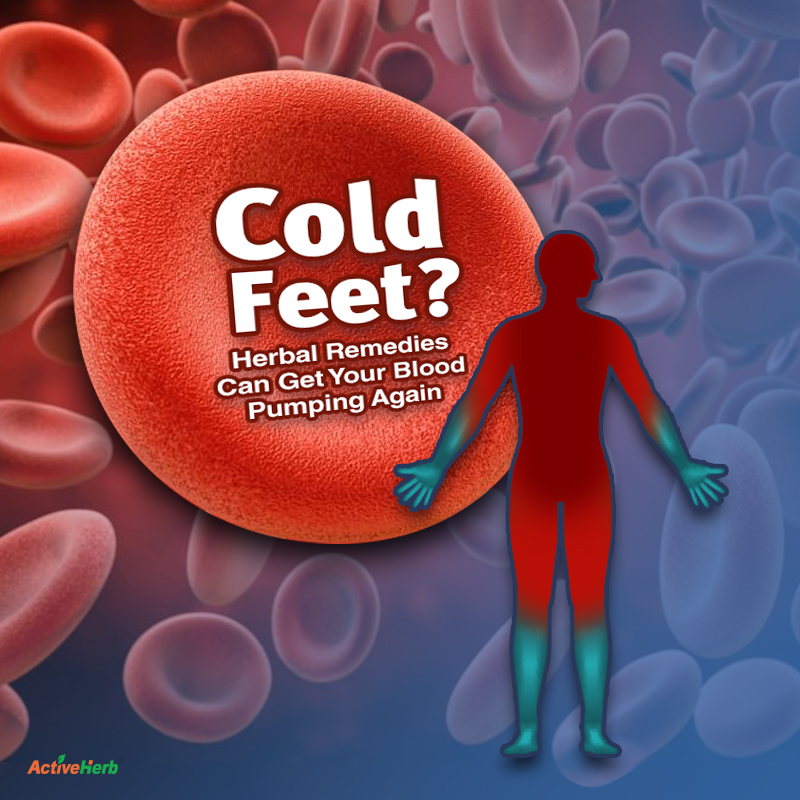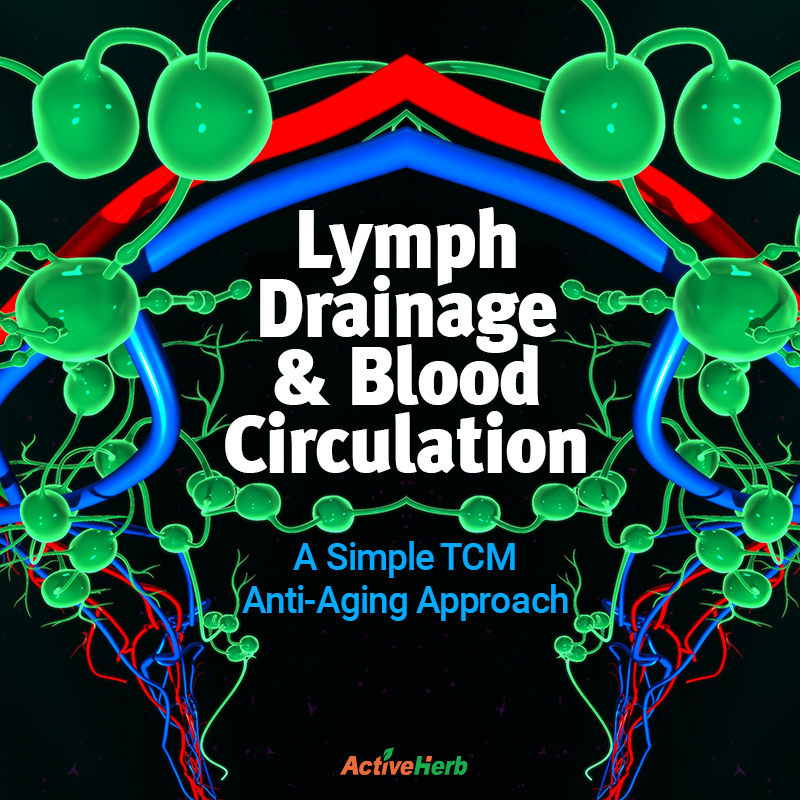4 Levels Theory (卫气营血辨证): Learning How Diseases Progress in TCM

The 4 Levels Theory of Traditional Chinese Medicine (TCM) is a diagnostic philosophy, or more accurately, a flow chart of how certain diseases, which are the result of an external factor (a pathogen), manifest.
Four Levels Theory is relatively new to TCM. The theory of the Four Levels appear in TCM texts not until the 16th century (A.C.E.) Considering that TCM has its philosophical roots predating writing itself in ancient China, you can see how new this theory is in relation to earlier TCM fundamental concepts. After all, the central tenets appear several centuries earlier. These central tenets include Qi, Five Elements, Yin-Yang, and Meridians.
Four Levels Theory applies to “invasions of wind-heat.” That does not necessarily mean that if you visit Palm Springs, California when it’s very hot and windy, you’ll get sick. Though it is possible that weather may indeed cause symptoms with febrile manifestations, do not take the phrase “wind-heat” literally in the western sense.
Let’s take a look at the Four Levels of wind-heat invasions (one of the 6 evils of TCM).
4 Levels Theory of TCM: Level One — Defensive (Wei, 卫分)
This is your body’s army of immune cells springing into action, from a western perspective. At least 200 years before western medicine would begin studying the immune response in great detail, TCM already establishes a theory on immune response with this first level.
The type of Qi energy known as “Wei” protects you from nasty microbes and foreign invaders, i.e. pathogens. You can think of Wei as a bouncer at a bar, keeping all the unwanted miscreants out. Wei energy is superficial; it’s not deep and intrinsic in the Zang Fu organs (the TCM organs and their corresponding Yin or Yang nature). Wei instead circulates outside the meridians, close to the skin and musculo-skeletal system. Yang by nature, Wei provides warmth and regulates perspiration.
But sometimes, a bouncer can be overcome by rowdy patrons. And such is the nature with Wei. If one organ is weak (as a result of lack of exercise, stress, poor diet, etc.) Wei Qi energy weakens and becomes vulnerable to an invasion of a cold.
Nearly everybody experiences lots of respiratory problems over the course of a lifetime, especially when sick.
These symptoms typically occurs because Wei energy directly affects the Lung meridian. That’s why a wind-heat invasion when Wei is compromised typically manifests with Lung disharmony.
A healthy person will be able to expel the wind-invasion out of the body rather quickly. But if the pathogen is significantly stronger than a person’s Wei and knocks Qi energy down quite a few pegs, the invasion will intensify, leading to the next level.
But before we go into the next level, let’s review a few common symptoms of this first stage and how to resolve it….
Symptoms of Defensive (Wei) Stage and common treatments
Some symptoms of this early immune response of TCM theory include, in addition to fever: chills; headache, sore throat, yellow phlegm, sinus problems, nasal congestion, no sweating, etc. To treat a patient during the Defensive stage, a TCM practitioner will perform specific acupuncture points and perhaps dispense herbs that expel wind-heat from the body. One such herb that supports the clearing of wind-heat from the body is Jin Yin Hua (honeysuckle).
Level 2: Qi (气分)
If Wei isn’t strong enough to neutralize the pathogen, the next level of wind-heat invasion occurs. This is called “Qi” level. The pathogen now enters the interior of the body. This is why you want a healthy immune system. You can suffer the most symptoms during this state. Not only can you suffer the most symptoms, but also the most severe ones. There’s no need to panic during this stage. It’s not a death sentence … yet.
But if left without treatment, the pathogen during this Qi Level can cook the internal organs (not good!). In TCM, the euphemistic way to say this is “internal heat excess.”
So far, the first two levels seem straightforward. It’s not difficult to compare these first two steps to conventional, western medicine in basic immune response. But as anybody who studies epidemiology will tell you, diseases aren’t always straightforward. TCM theorists realized this at least a few hundred years before western-educated scientists fully understood how pathogens behave.
You may not be aware that you have a hidden pathogen (think of the herpes virus, or shingles). Or you may have a very weak immune system (perhaps from the hidden pathogen). In these two scenarios, the Defensive stage may not occur, causing a panic in the immune system and launching into a Level Two, Qi Stage alarm.
In the Qi stage, there is further compromise of the Lungs. Other organ systems are also being challenged during this stage, including the Large Intestine and Lungs (organs are capitalized in TCM to distinguish from western physiology). Some common symptoms, which are more serious in nature than the Wei stage are: a higher fever; profuse sweating, insatiable thirst for very cold beverages, painful cough, gastrointestinal problems, etc.
(These TCM formulas support the immune system.)
Level 3: Nutritive Level (Ying, 营分)
If a pathogen advances to level 3, your mental functions and vitality may be compromised. In TCM terminology, level 3 adversely affects your Shen, aka spirit, aka essence. If the heart is the seat of the spirit, there’s a good reason why level 3 affects mostly your Heart organ system. At this point your Yin energy is on life support. What started out as heat invasion has now robbed your interior of virtually any remaining heat. You are now heat deficient.
Not all is lost, though. There are still several acupuncture points and Chinese herbs one can take before this stage becomes even more serious. It is possible that if left untreated, the pathogen completely overtakes your interior; the body’s Shen is totally depleted, possibly resulting in coma. This stage is serious, obviously. In this stage, blood flow and blood manufacturing is severely weakened.
Level 4: Blood (Xue, 血分)
Now the pathogen enters into the Blood. In TCM theory, this is the deepest layer of Qi. TCM theory also considers the Liver the storage vessel of blood. And because Kidneys interconnect with the Liver, water balance and retention is severely compromised. Internal bleeding may manifest during this last stage of wind-heat related disease. Because blood flow and the nature of the blood is damaged, the Heart becomes damaged as well. The Heart and Blood are, in a manner of speaking, on fire, exhaustively trying to do their best to defeat the pathogen, but at this point, it’s a futile effort.
There is no Level 5, so unfortunately, this is the last stage. If the pathogen has overtaken the body (as well as mind and spirit at this point), there’s not much one can do. Death or severe damage is likely during this stage. (TCM practitioners, though, will do their darndest to support their patient during this stage.)
In summary, the Four Levels Theory outlines the understanding in TCM of the progressive nature of disease development and the corresponding change in our body. The theory is still widely followed by doctors in China to guide diagnosis and treatment options.






